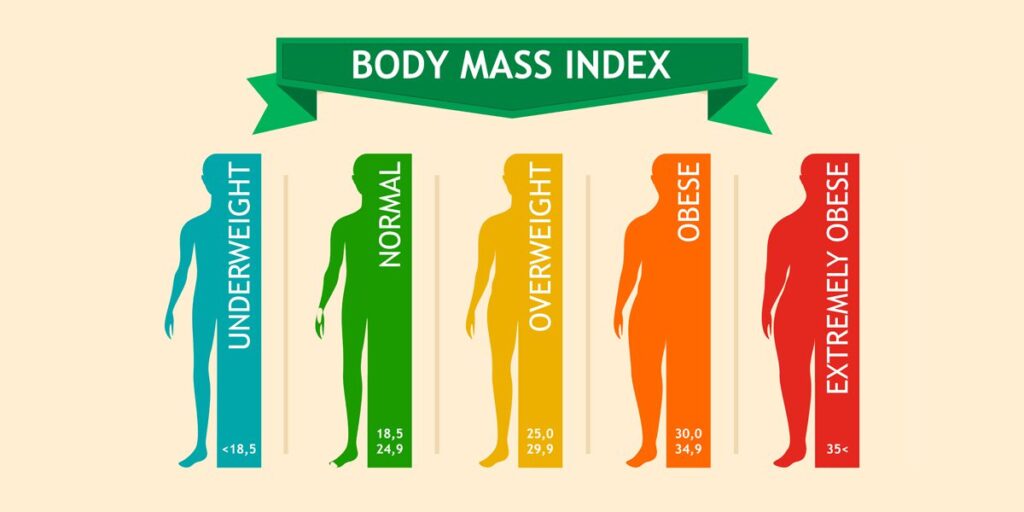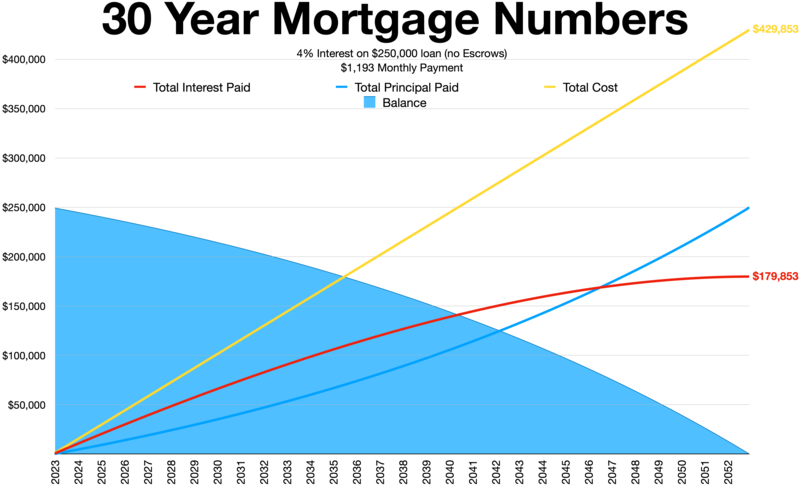
In the quest for sustainable resource management, organizations are continuously seeking innovative tools to maximize efficiency and reduce waste. The Biomass(Body) Index Calculator emerges as a powerful solution, providing a comprehensive approach to measure and optimize biomass resources.
By incorporating cutting-edge technology and advanced algorithms, this calculator enables businesses to assess the availability and potential of their biomass resources accurately. From agricultural waste to forestry residues, the Biomass Index Calculator considers a wide range of inputs to determine the quantity and quality of biomass materials. With this data, companies can make informed decisions regarding resource allocation and utilization, minimizing their environmental impact while maximizing their economic returns.
This tool is not just a quantitative measure, but also a qualitative one – allowing organizations to evaluate the viability of different biomass streams based on their specific requirements. By harnessing the power of the Biomass Index Calculator, businesses can unlock new opportunities for sustainable resource management and contribute to a greener future.
Understanding the Biomass Index Calculator
The Biomass Index Calculator is a sophisticated tool that revolutionizes the way organizations evaluate and manage their biomass resources. Unlike traditional methods that rely on manual measurements and estimations, this calculator utilizes advanced algorithms to provide accurate and reliable data.
One of the key aspects of the Body Index Calculator is its ability to consider a wide range of biomass inputs. From agricultural residues, such as corn stalks and wheat straw, to forestry byproducts like wood chips and sawdust, the calculator takes into account various types of biomass materials. This comprehensive approach ensures that organizations can assess the availability and potential of different biomass streams, enabling them to make informed decisions about resource allocation.
Moreover, the Biomass Index Calculator goes beyond just quantity measurements. It also evaluates the quality of biomass materials, taking into consideration factors such as moisture content, nutrient composition, and calorific value. This qualitative analysis allows organizations to determine the suitability of different biomass streams for specific applications, such as energy generation or feedstock for bio-based products.
Benefits of using the Biomass Index Calculator
The Biomass Index Calculator offers numerous benefits to organizations seeking to optimize their resource management practices. Firstly, it provides accurate and reliable data, enabling businesses to make informed decisions based on actual biomass availability and potential. This eliminates the guesswork associated with traditional methods, reducing the risk of over or underutilization of resources.
Secondly, by considering both quantity and quality factors, the Biomass Index Calculator allows organizations to identify the most suitable biomass streams for their specific requirements. This not only improves resource utilization but also enhances the overall efficiency of operations. By utilizing the right biomass materials, organizations can minimize waste, reduce energy consumption, and lower their environmental impact.
Additionally, the Biomass Index Calculator promotes transparency and accountability in resource management. The data generated by the calculator can be used to track and monitor biomass utilization, enabling organizations to set targets, measure progress, and make data-driven improvements. This level of visibility not only helps organizations comply with sustainability standards but also enhances their reputation as responsible stewards of the environment.
How to use the Biomass Index Calculator effectively
To effectively utilize the Biomass Index Calculator, organizations should follow a systematic approach. The following steps outline a recommended process for maximizing the benefits of this powerful tool:
1. Data Collection: Gather accurate and up-to-date information about the biomass resources available within the organization. This may include data on the type of biomass, quantity, quality parameters, and any other relevant factors.
2. Input Data into the Calculator: Enter the collected data into the Biomass Index Calculator, ensuring that all information is inputted correctly. The calculator will use this data to generate comprehensive reports and insights.
3. Analyze the Results: Review the reports generated by the Biomass Index Calculator to gain a deeper understanding of the biomass resources and their potential. Pay attention to key metrics such as biomass availability, quality ratings, and suitability for different applications.
4. Resource Allocation and Utilization: Based on the insights gained from the calculator, make informed decisions regarding resource allocation and utilization. Identify the most suitable biomass streams for specific applications, considering factors such as energy production, bio-based products, or other value-added uses.
5. Monitor and Adjust: Continuously monitor the performance of biomass utilization and make necessary adjustments based on the data provided by the calculator. This iterative process allows organizations to optimize their resource management practices over time.
By following these steps, organizations can effectively leverage the power of the Biomass Index Calculator to maximize resource efficiency and sustainability.
Case studies: Successful resource management using the Biomass Index Calculator
Real-world examples demonstrate the effectiveness of the Biomass Index Calculator in optimizing resource management practices. Let’s explore two case studies that highlight the positive outcomes achieved through the use of this powerful tool.
Integrating the Biomass Index Calculator into Sustainability Initiatives
The Biomass Index Calculator can play a crucial role in supporting and enhancing an organization’s sustainability initiatives. By providing accurate and reliable data on biomass resources, this tool enables organizations to make informed decisions that align with their environmental goals.
Integrating the Biomass Index Calculator into sustainability initiatives involves the following steps:
1. Set Clear Objectives: Define the specific sustainability goals that the organization aims to achieve through the use of the Biomass Index Calculator. This may include targets related to resource efficiency, waste reduction, carbon footprint reduction, or renewable energy generation.
2. Data Collection and Analysis: Gather comprehensive data on biomass resources and input it into the Biomass Index Calculator. Analyze the generated reports to identify opportunities for improvement and prioritize actions based on their potential impact.
3. Action Planning: Develop an action plan that outlines the steps required to maximize the utilization of biomass resources. This may involve investments in equipment, infrastructure, or partnerships with external stakeholders.
4. Implementation and Monitoring: Execute the action plan and continuously monitor the progress using the data provided by the Biomass Index Calculator. Regularly assess the performance and make necessary adjustments to ensure the desired outcomes are achieved.
5. Reporting and Communication: Share the results and achievements of the sustainability initiatives with relevant stakeholders, including employees, customers, investors, and regulatory bodies. Transparent reporting enhances accountability and builds trust among stakeholders.
By integrating the Biomass Index Calculator into sustainability initiatives, organizations can demonstrate their commitment to environmental stewardship and contribute to a greener future
Common challenges and solutions when using the Biomass Index Calculator
While the Biomass Index Calculator offers numerous benefits, organizations may encounter certain challenges during its implementation and usage. Understanding these challenges and having appropriate solutions in place is crucial for maximizing the effectiveness of this powerful tool.
The future of resource management with the Biomass Index Calculator
As sustainability continues to gain prominence, the importance of efficient resource management becomes increasingly evident. The Biomass Index Calculator is well-positioned to play a pivotal role in shaping the future of resource management practices.
Moving forward, we can expect to see advancements in the Biomass Index Calculator, including:
1. Enhanced Analytics: The calculator will incorporate advanced analytics capabilities, allowing organizations to gain deeper insights and predictive analytics regarding biomass availability and potential. This will enable proactive decision-making and optimization of resource utilization.
2. Integration with IoT and Automation: The Biomass Index Calculator will be seamlessly integrated with Internet of Things (IoT) devices and automation systems, enabling real-time monitoring and data collection. This integration will further enhance accuracy and efficiency in resource management.
3. Collaboration and Data Sharing: Organizations will increasingly collaborate and share data through digital platforms, enabling benchmarking and collective learning. This will facilitate the development of industry-wide best practices and standards for resource management.
4. Integration with Circular Economy Principles: The Biomass Index Calculator will be integrated with circular economy principles, considering not only biomass resources but also their potential for reuse, recycling, and upcycling. This holistic approach will maximize resource efficiency and minimize waste generation.
The future of resource management with the Biomass Index Calculator is exciting, promising a more sustainable and efficient approach to utilizing biomass resources.
Resources and tools for further exploration
To further explore the topic of resource management and the use of the Biomass Index Calculator, the following resources and tools can be valuable references:
1. The Biomass Index Calculator User Guide: This comprehensive guide provides step-by-step instructions on how to effectively use the Biomass Index Calculator. It includes detailed explanations of the various features and functionalities of the calculator.
2. Body Mass Index: Explore real-world case studies that demonstrate successful resource management using the Biomass Index Calculator. These case studies provide practical insights and examples of the positive outcomes achieved by organizations across different sectors.
By utilizing these resources and tools, organizations can deepen their understanding of resource management practices and maximize the benefits of the Biomass Index Calculator.
Conclusion: Embracing sustainability through the Biomass Index Calculator
The Biomass Index Calculator offers organizations a powerful tool to optimize resource management practices and contribute to a more sustainable future. By accurately assessing biomass availability and potential, organizations can make informed decisions that minimize waste, reduce environmental impact, and maximize economic returns.
Through its comprehensive approach, the Biomass Index Calculator enables organizations to evaluate the viability of different biomass streams based on their specific requirements. This empowers businesses to unlock new opportunities for sustainable resource management and embrace a greener approach to operations.
As the world increasingly recognizes the importance of sustainability, the Biomass Index Calculator will continue to play a crucial role in shaping the way organizations manage their biomass resources. By embracing this powerful tool, businesses can lead the way toward a more efficient, responsible, and sustainable future.


